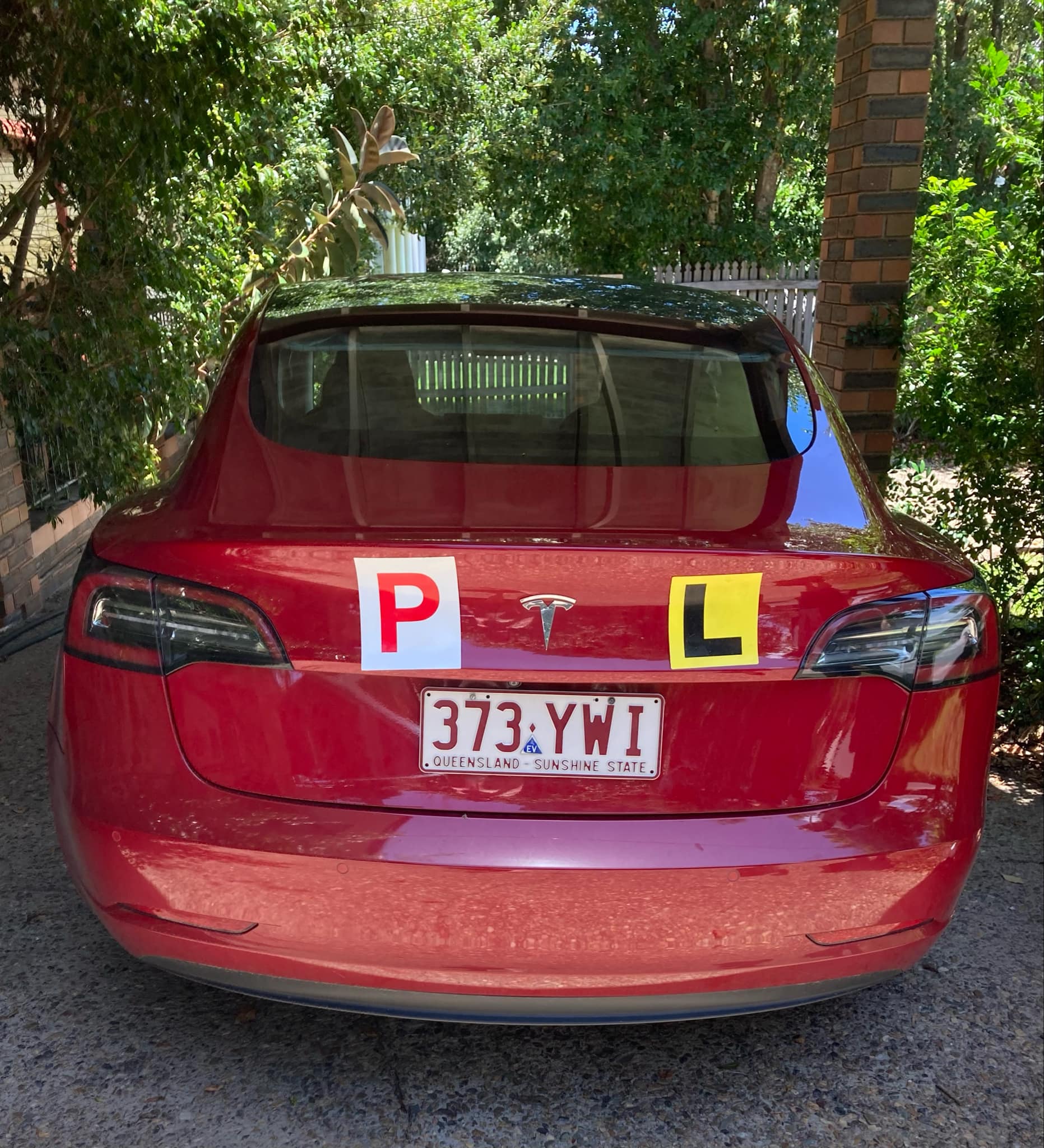Sign up for daily news updates from CleanTechnica on email. Or follow us on Google News!
Five arrays of remote ocean-going buoys in US waters have been providing researchers with data from more than 900 different instruments. Small-scale wind and solar energy harvesters typically provide enough power to run the system full blast only 70% of the time, even with energy storage systems on board. To collect all the data all the time, from all the instruments, researchers are looking for new sources of ocean-based energy resources, and a new generation of wave energy converters is in the running.
New Wave Energy Converters For Remote Marine Sensing
The US Department of Energy has tasked Sandia National Laboratories to study how wave energy converters can be applied to avoid brownouts at the Coastal Pioneer Array of marine buoys, in partnership with the independent research institute Woods Hole Oceanographic Institution.
The Coastal Pioneer Array is located on the Atlantic coast about 75 nautical miles south of Martha’s Vineyard. It is one of five buoy systems that form the Ocean Observatories Initiative, a program of the National Science Foundation.
“The Continental Shelf-Slope area in this region is highly productive. It serves as a dynamic intersection where ocean currents meet in weather-like “fronts,” and where nutrients, pollutants, and other properties are exchanged between the coast and the deep ocean,” the Ocean Observatories Initiative explains.
“Data from the inshore, shelf area helps to examine exchanges between the shelf and slope and the shelf ecosystem, as well as to provide broader insight into air-sea gas exchange, including carbon dioxide absorption,” they add.
Wave Energy Converters: The Devil Is In The Details
Outfitting a buoy with a wave energy converter seems simple enough. All you have to do is transfer the motion of waves to a mechanical device, from which kinetic energy can be harnessed to run a generator.
However, the obstacles to commercial deployment have been significant. Wave energy converters need to withstand harsh ocean environments and severe storms. They also need to resist saltwater and other sources of marine fouling, and they need to do it economically.
After years of development the technology is finally poised for commercial deployment, but the Energy Department needs to take it to the next level for the Coastal Array project.
Last year, Sandia assessed the case for wave energy converters at the array and came up with a list of demands. For starters they require a system that can generate from 10 to 100 watts of power, and then they add on.
To qualify for the array, the system needs to be durable and resilient enough to avoid catastrophic failure, including the ability to crawl into “safe mode” during extreme weather events. Sandia is also concerned about avoiding damage that could occur during deployment and recovery.
The system must also be able to harvest energy without interfering with measurements and data collection, and without interfering with the mooring system and other operational elements of the buoy.
And The Winner Is…
That’s a pretty tall order, but last year Sandia did narrow down the choices to three potential concepts for further examination.
“Researchers then assessed the three WEC concepts, detailing how each option addresses design requirements, like power generation and implementation of a safe mode,” the Energy Department’s Water Power Technologies Office explains.
“They also considered operational challenges for each concept, such as impacts while deploying and recovering the system, as well as components that may conflict with the current CSM system design,” WPTO adds.
That exercise narrowed down the choices to just two. The next step involves selecting the winning concept, based on prototype deployment at sea.
Wave energy converters don’t generally get a lot of media attention, but the Energy Department is pulling out all the stops for this project. WPTO also notes that Sandia and Woods Hole are also collaborating with Evergreen Innovations, Monterey Bay Aquarium Research Institute, East Carolina University, and Johns Hopkins University in addition to the Energy Department’s National Renewable Energy Laboratory and the Ocean Observatories Initiative.
…New Pitch Resonator Technology?
We’re not quite sure if the wave energy converter has been selected for the Coastal Array buoy (we’re checking on that now), but last fall Sandia included a pitch resonator device on its short list of two wave energy harvesting options.
On Tuesday, April 2, the lab is also hosting a free webinar to introduce the pitch resonator device, described as a “bolt-on” attachment. Marine and renewable energy professionals are invited along with anyone with an interest in oceanographic research and clean energy.
 Chip in a few dollars a month to help support independent cleantech coverage that helps to accelerate the cleantech revolution!
Chip in a few dollars a month to help support independent cleantech coverage that helps to accelerate the cleantech revolution!
The Next Generation of Wave Energy Converters
If you’re wondering how a pitch resonator wave energy converter works, that’s a good question. The technology hasn’t crossed the CleanTechnica radar until now, so we have some catching up to do.
Sandia (here’s that link again) describes a pitch resonator as a “moving mass wave energy system concept,” in which a flywheel is attached to a buoy with a spring, enabling it to rotate as the buoy pitches on the waves.
“A motor/generator is employed in parallel with the spring to harvest power from the system,” Sandia explains.
“This concept is somewhat similar to pendulum concepts that have been pursued for WECs…but is notably unique in that the flywheel has its center of gravity at the center of rotation,” the lab adds. “With center of gravity collocated with the center of rotation, only moments (not forces) result in relative motion between the buoy and flywheel.”
As noted by Sandia, a pitch resonator wave energy converter resolves a number of challenges associated with other rotational systems, including the elimination of “chaotic behavior associated with a double pendulum system.” The lab also notes that it can continue operating during storm conditions in which the buoy pitches violently.
“In fact, because of its quasi-infinite travel, during such conditions, the WEC could stay active and help to mitigate damage to the buoy and its sensors by taking kinetic energy out of the system,” Sandia notes.
Wave energy converters are not the only clean tech field to rediscover flywheel technology. Sandia reminds us that early flywheel devices date back to 6,000 BC. More recently, engineers have been repurposing them for renewable energy storage.
CleanTechnica first took note of the connection between flywheels and energy storage back in 2010, and we’ve kept up with the topic every now and then.
Now that we’re adding wave energy converters to the list of flywheel applications, we’ll be keeping an eye on that area, too.
Follow me @tinamcasey on Bluesky, Threads, Post, and LinkedIn.
Image: Researchers are exploring the idea of adding a wave energy converter to achieve full power from renewable energy on a 24/7 basis at oceangoing observational buoys (photo courtesy of Woods Hole Oceanographic Institute via Sandia National Laboratories).
Have a tip for CleanTechnica? Want to advertise? Want to suggest a guest for our CleanTech Talk podcast? Contact us here.
Latest CleanTechnica TV Video
CleanTechnica uses affiliate links. See our policy here.





